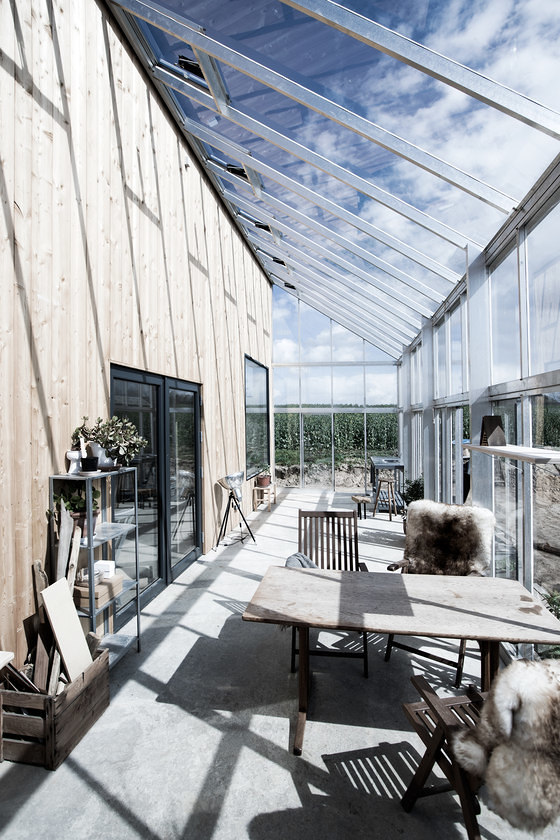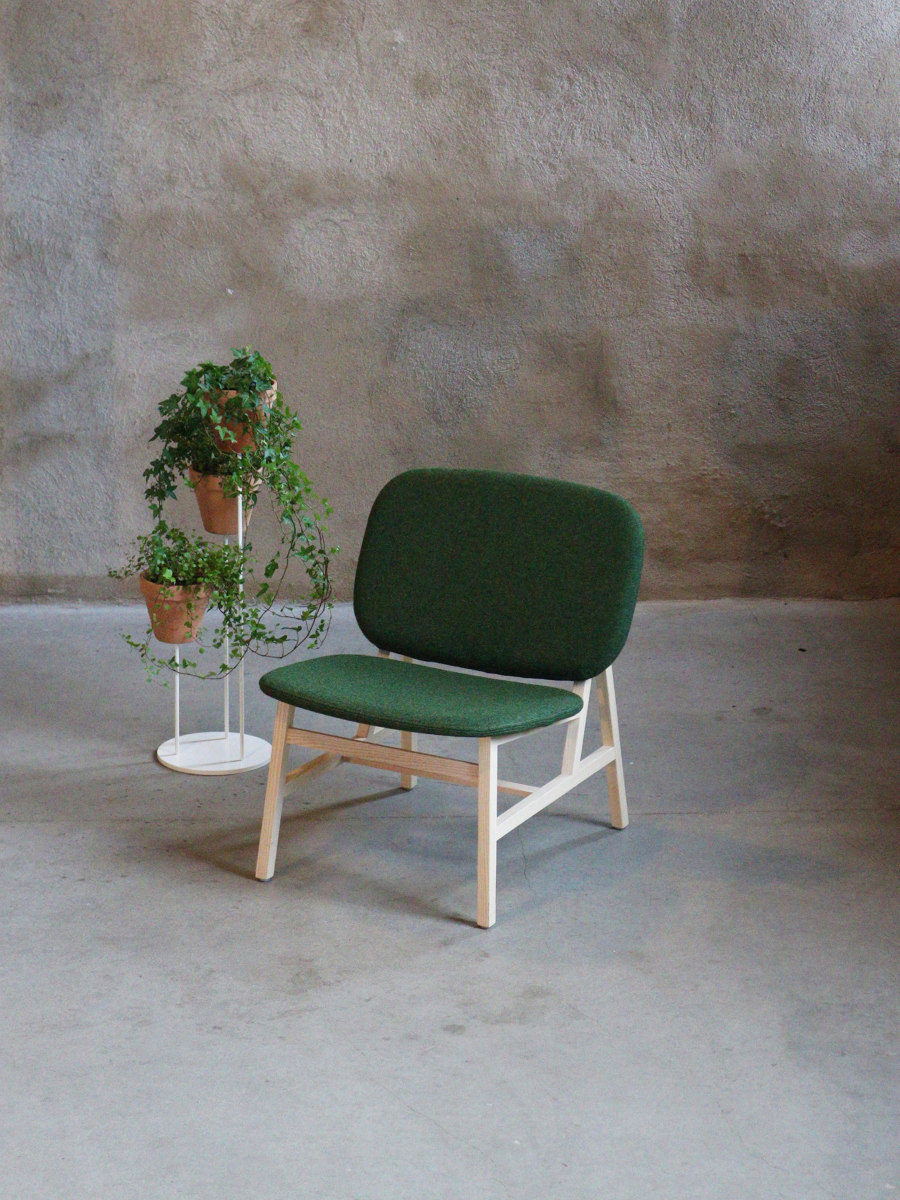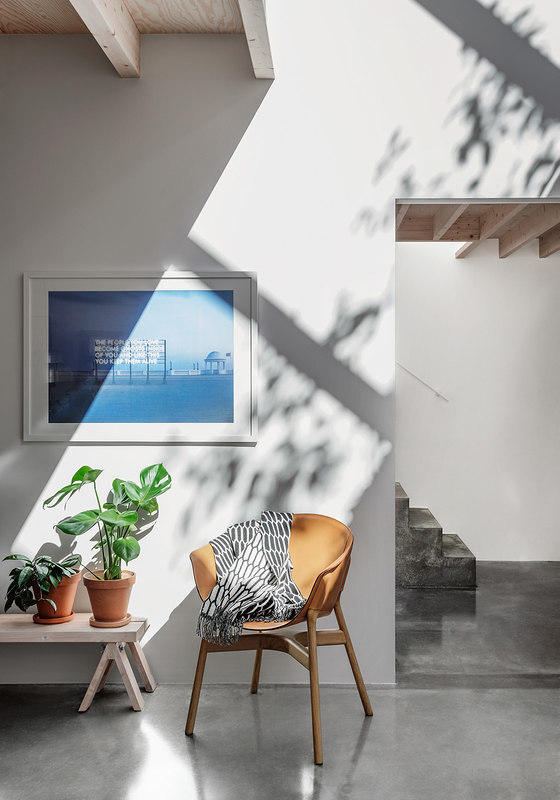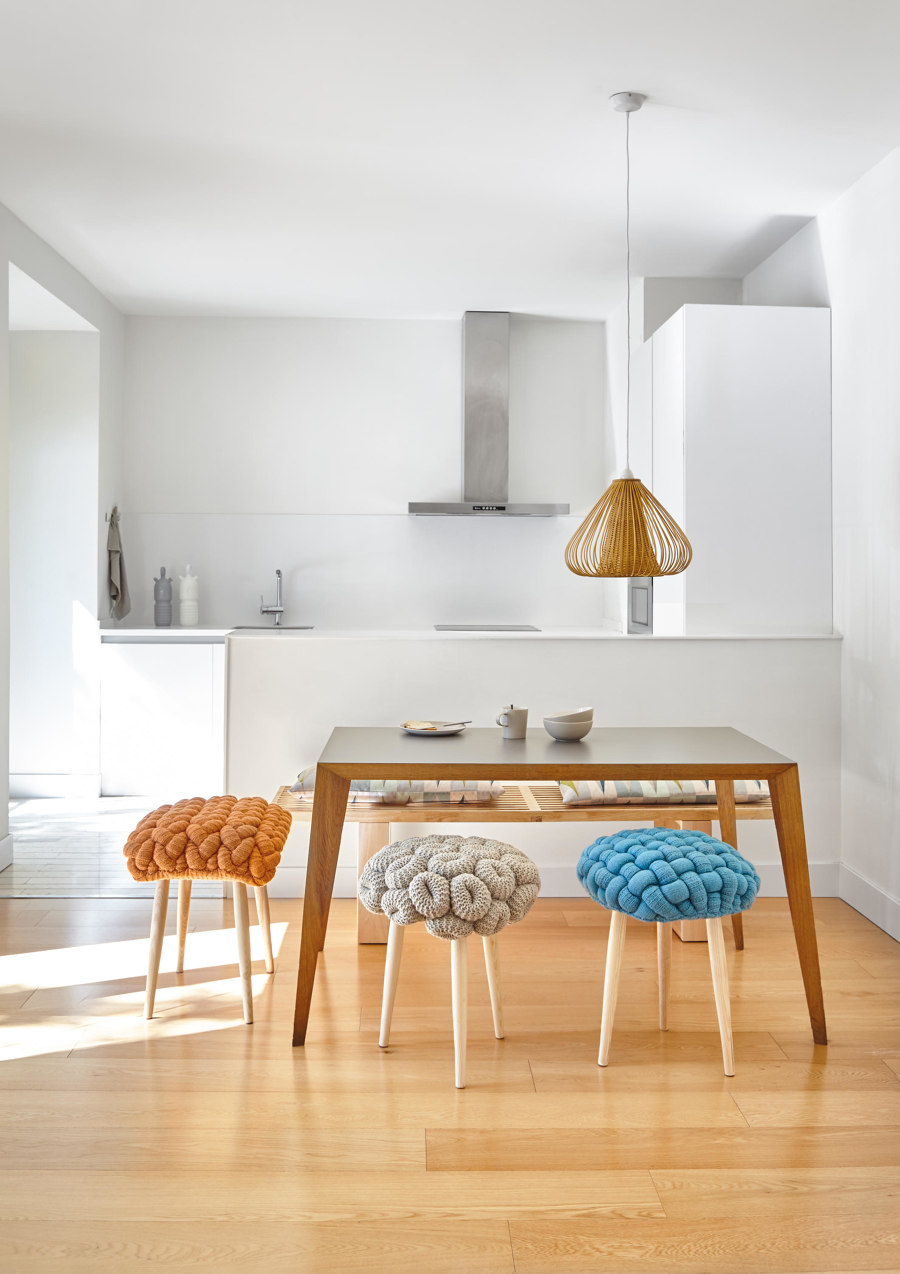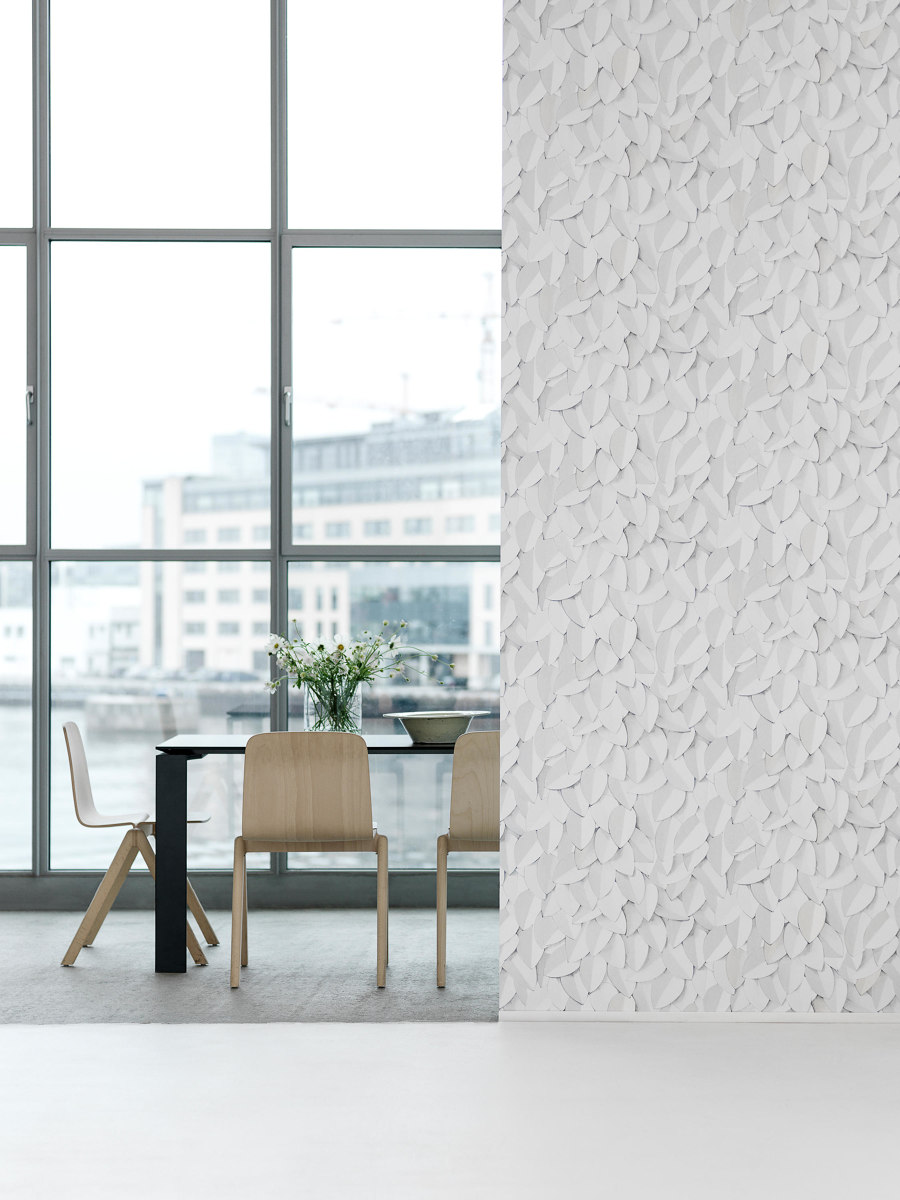Five rules of great Scandinavian design
Text by James Wormald
17.02.22
When bathed in constant light, Scandinavia is spoiled with beautiful scenery. When the sun goes away, however, attentions turn inside. Here’s how to recreate amazing Scandinavian home interiors.
The #FO15 house's kitchen scene combines light and natural surfaces with dark accents of deep green and black. Photo: Erik Lefvander
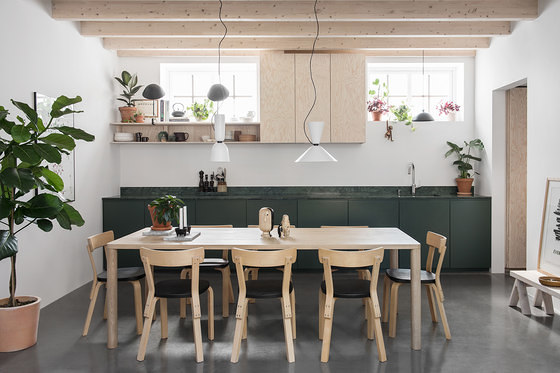
The #FO15 house's kitchen scene combines light and natural surfaces with dark accents of deep green and black. Photo: Erik Lefvander
×Scandinavian interiors and products have had an affinity with design excellence for the better part of a century. Although the local landscape is one of doubtless natural beauty, it remains frustratingly covered in darkness for a large portion of the year.
Scandinavian homes, therefore, are typically filled with light colours to utilise what little natural light there is, and the clean uncluttered lines of functional furniture afford users the space to breathe deeply while inside.
There’s more to Scandinavian design than just white walls and IKEA
But there’s more to Scandinavian design than just white walls and IKEA. Here’s how selected Scandinavian interiors and products help the region to relax during those long, dark winters, and keep connected to the hidden world outside.
The Green House's glass extension (top) guides light through its well-placed windows (middle), while the metal legs of Normann Copenhagen's Form chair shine (bottom). Photos: Tia Borgsmidt (top, middle)
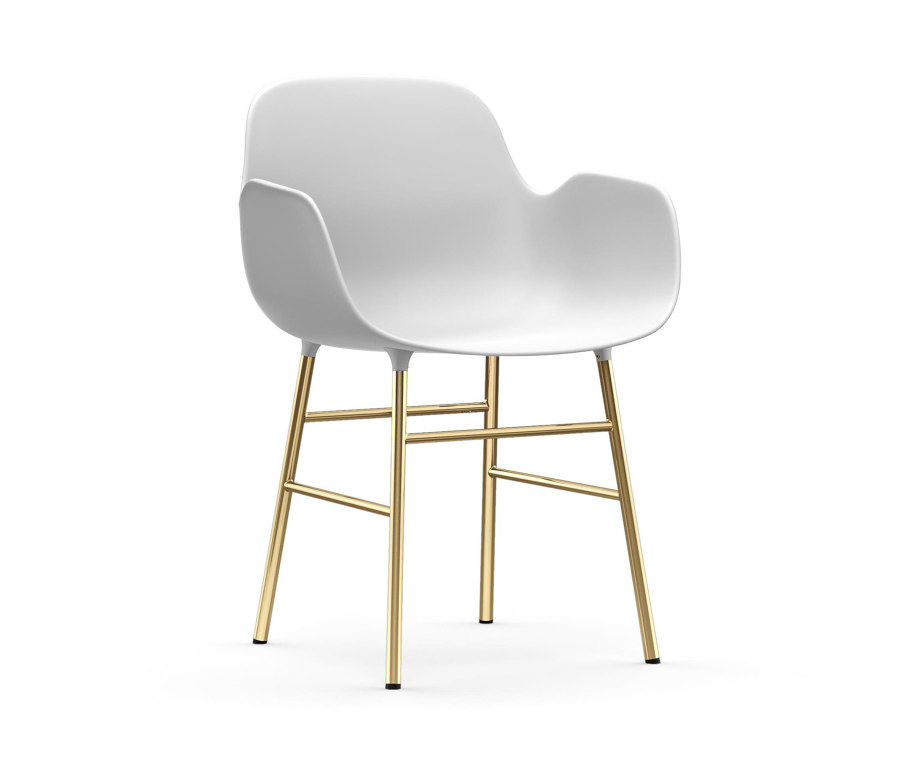
The Green House's glass extension (top) guides light through its well-placed windows (middle), while the metal legs of Normann Copenhagen's Form chair shine (bottom). Photos: Tia Borgsmidt (top, middle)
×Natural light
Use of natural light becomes even more important than usual for interiors affected by the Scandinavian solar schedule. Wide, well-placed windows – such as those at The Green House in Lejre, Denmark, with its sun-trapping greenhouse extension – capture as much of the low light as possible, right up to the end of the day.
A light, muted colour palette for walls and large furnishings, meanwhile, opens up and brightens the house. Additional colour accents or glinting metal highlights like the slim brass-plated steel leg structure of Normann Copenhagen’s Form chairs, help personalise and liven up the space.
David design's Oto (top) and Hammock (bottom) seating collections feature wood frames and leather seats, respectively

David design's Oto (top) and Hammock (bottom) seating collections feature wood frames and leather seats, respectively
×Wood and other natural materials
Reflective of the countries’ forested vistas, wood is celebrated in Scandinavian culture. The region is absolutely besotted. There’s a renowned relationship between Scandinavian design and wooden flooring or simple furniture with exposed wooden frames – like David design’s Oto chairs, and traditional Scandinavian wooden toys are enjoying a resurgence through the rest of the world.
But it’s not all about wood. Other natural fabrics get in on the act too with wools, linens and leathers all complementing the refined design language of modern furniture pieces and accessories, as shown by David design’s Hammock collection of leather seating.
The #FO15 home's preserved skylight showers its living space with light (top) while GAN's cosy knitted stools (middle) and David design's amber Fondue light (bottom) bring warmth. Photo: Erik Lefvander (top)
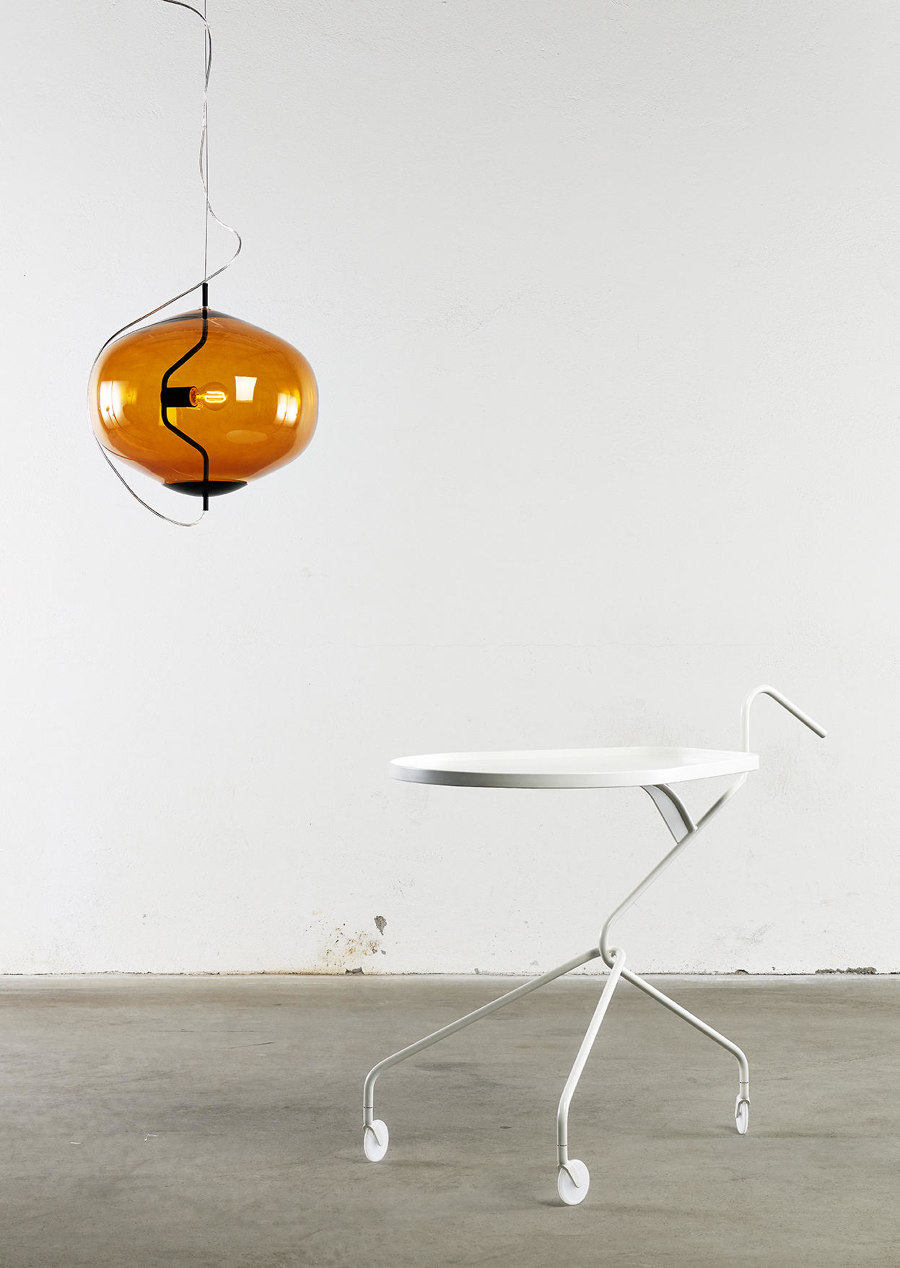
The #FO15 home's preserved skylight showers its living space with light (top) while GAN's cosy knitted stools (middle) and David design's amber Fondue light (bottom) bring warmth. Photo: Erik Lefvander (top)
×Cosy up
Respect for both natural light and materials is seen in Förstberg Ling’s renovated #FO15 home in Stockholm, Sweden. An upper mezzanine increases floorspace while protecting the original structure’s light, while the space itself is intelligent and functional, using natural materials and colours to create a calming, comfortably small home.
These striking knitted stools by GAN certainly have the right idea, using thick knitted patterns to evoke warm winter nights by the fire. Also by the fire, the surface of this Code basket by ASPLUND turns into a contemporary print when filled with firewood. If you don’t have a fireplace to cosy up to, however, the Fondue light by David design helps create that warm amber glow all by itself.
House of Hackney's floral wallpaper (top), Engblad & Co's Front-designed Leaves wallpaper (middle) and the theatrical atrium of Peter's House (bottom). Photo: Peter Kraslinikoff (bottom)
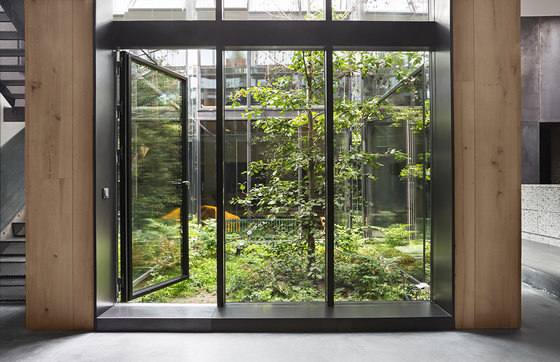
House of Hackney's floral wallpaper (top), Engblad & Co's Front-designed Leaves wallpaper (middle) and the theatrical atrium of Peter's House (bottom). Photo: Peter Kraslinikoff (bottom)
×Natural decor
When the sun only rises for a handful of hours each day, hibernating Scandinavians do what they can to drag the thriving natural world in with them. Along with using locally-sourced natural materials, interiors typically combine them with natural colours, patterns and physical foliage too.
Exotic flora-inspired wall coverings and fabrics such as those from UK brand House of Hackney, for example, make vibrant and decorative features, but can be a little too hectic for Scandinavian simplicity. Alternatively, the Swedish brand Engblad & Co recreates fallen leaves with three-dimensional-effect wallpaper, but perhaps its monochromatic complexion fails to capture the full beauty of nature. Peter’s House in Copenhagen, Denmark, however, has the answer. In filling its glass atrium with selected grasses, plants and a multi-storey tree, the project brings a diorama of green into every room.
Chimney House's bespoke pendant lamps distribute light with stacked perspex discs, suspended from the building's pitched roof above a birch dining table. Photo: Irina Boersma
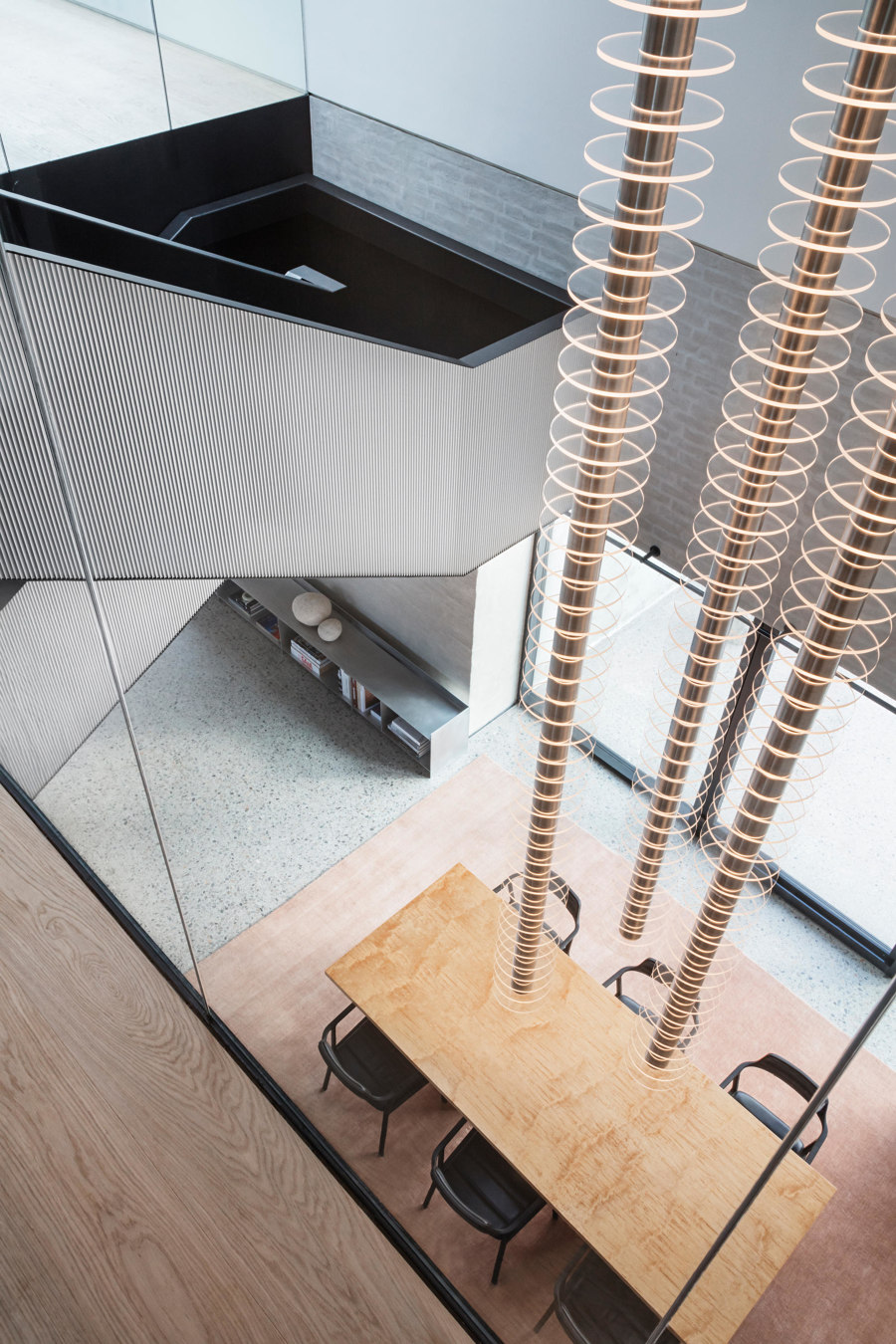
Chimney House's bespoke pendant lamps distribute light with stacked perspex discs, suspended from the building's pitched roof above a birch dining table. Photo: Irina Boersma
×Less is more
At the core of Scandinavian design are simplicity, functionality and efficiency. So, interior spaces become almost accidentally minimalist, without following a certain trend. This special breed of Scandinavian minimalism includes the organisation of space and furniture with less clutter, but with the right materials and colours, ensures warmth and comfort.
Projects like Chimney House in Copenhagen, for example, epitomise the practice. The home’s birch dining table floats like an island in the centre of subdued space, enclosed by subtle-hued exposed-brick walls and a five-metre long pendant lamp connecting the open space between ground and upper floors above.
© Architonic

